Tradition and innovation. Form and function. With the sea as an endless source of inspiration. Seiko celebrates 55 years since the launch of its first diver’s watch. A success story with the Prospex range at its heart as the model’s product designer Takumi Kishino explains.

How would you define the term “design”?
It is hard to define the term “design” as it can interpreted in such a broad sense. To me, “design” covers people and everything that exists in the surrounding environment. It can be a thing, an event, or an act we recognise consciously or unconsciously. Watches are not mere jewellery, but items that connect times and people, industrial products that connect technology and people, tools that express people’s thoughts, and treasures that connect people with each other.
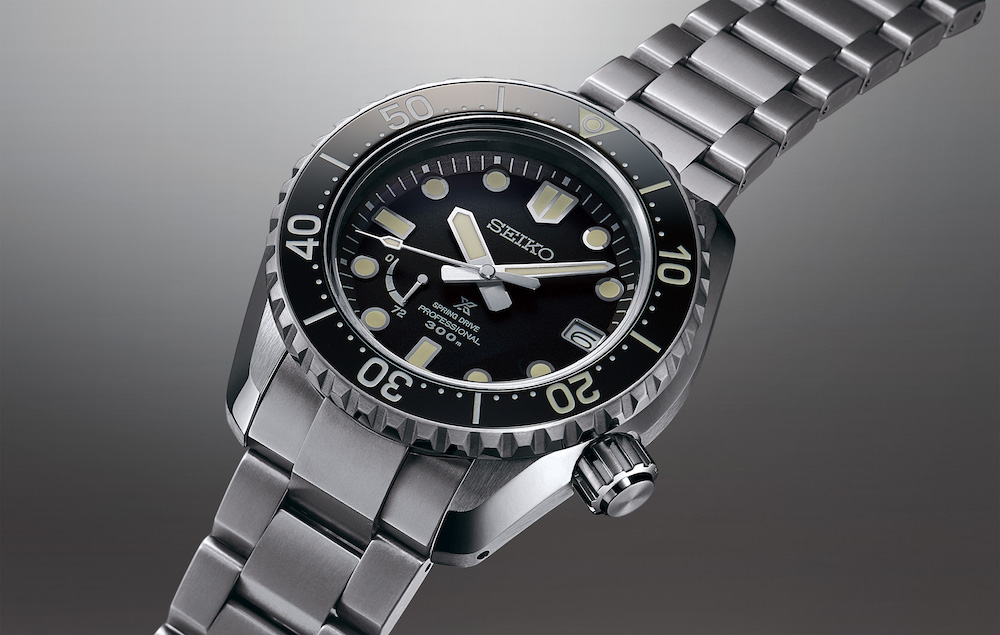
Seiko presented its first diver’s watch 55 years ago. How do you retain the brand’s tradition and values while continuing to innovate?
Since the launch of Japan’s first diver’s watch in 1965, Seiko diver’s watches have been chosen as “buddies” by many adventurers due to their high reliability. Since then, we have made numerous technological innovations and some of those have even become the base for international standards. Unfortunately, we cannot talk with the developers from back then anymore, though I can feel their strong desire to offer better watches to more people. I regard this kind of attitude toward thoughts and development as our “tradition”, which is also reflected in our product design. I think we can connect tradition with innovation by inheriting and passing down this attitude. For example, when creating re-creation watches, we try to be as loyal as possible to the original form while always updating it with new technologies or materials not available in the past to keep that balance of tradition and innovation.
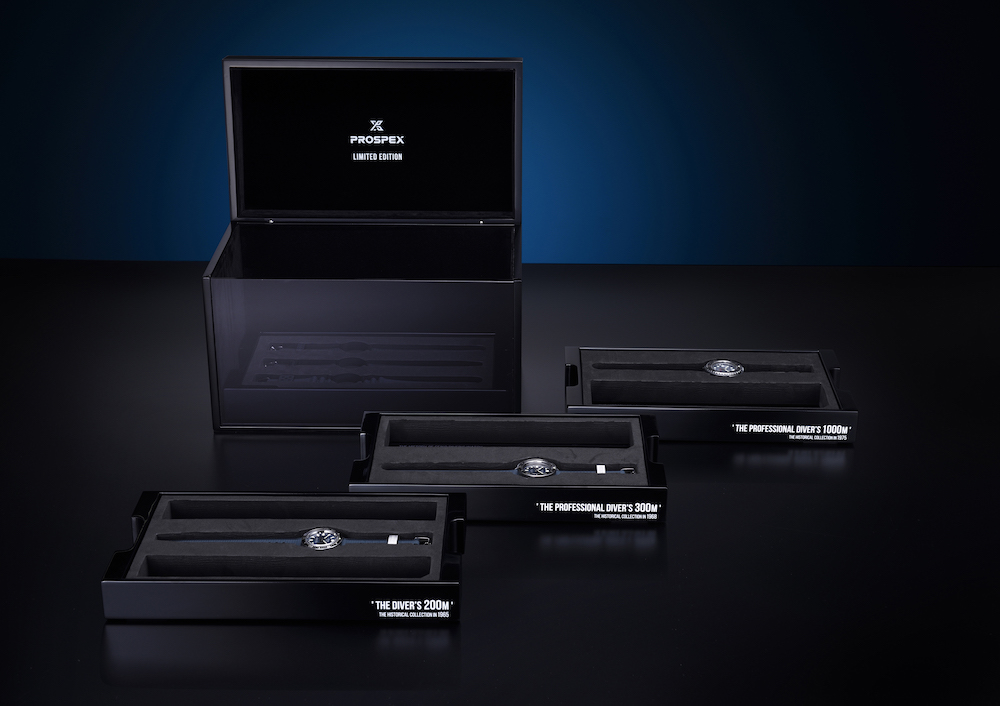
Is the sea an important research lab for you?
Soon after I joined Seiko, I acquired a diving license with my colleagues. I was amazed by the topology and marine organisms whose shapes and colours are tailored to their environments. It is a unique, attractive ecosystem. I have been greatly inspired by the different aspects of the sea.
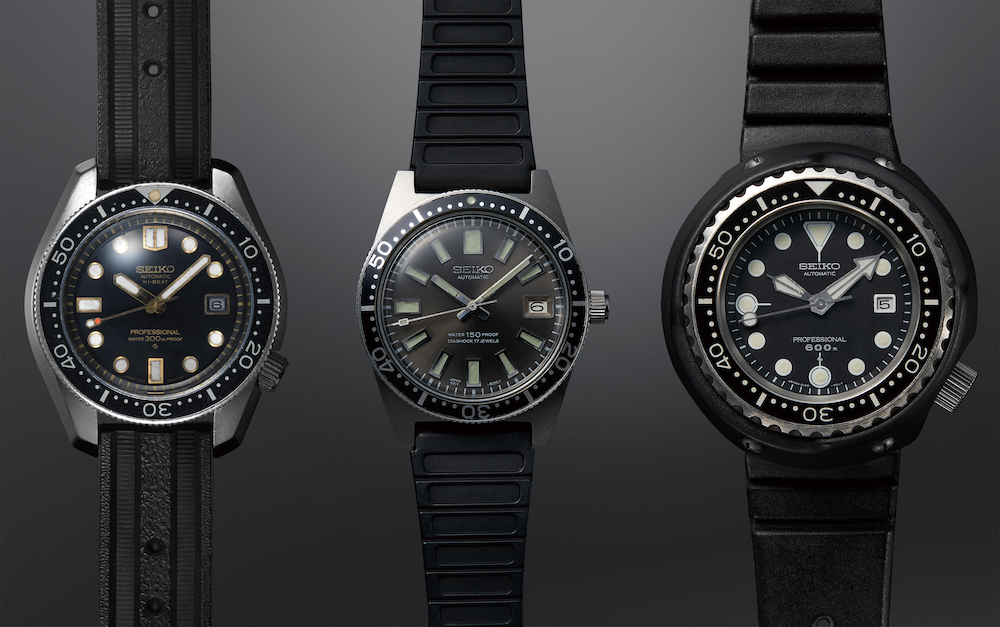
How would you describe the evolution of the new Prospex collection and its main sources of inspiration?
The Prospex LX line is based on the Seiko 1968 Diver’s watch, which really showcases Seiko’s watchmaking spirit. Created only three years after Japan’s first diver’s watch, it has 300m water resistance and a 10-beat automatic movement. Its accuracy and reliability meant it supported many legendary Japanese adventurers in their challenges. Its distinctive features include a dial design with wide indexes emphasising the 3, 6, 9, 12 o’clock hour markers to enhance legibility, the crown at 4 o’clock to improve wearability, a beautifully flowing mirror-finished case, and an easy-to-turn bezel…it is very considerate of the wearer. We used it as a base for the LX line of modern premium sport watches. The shock and temperature change resistant 5R Spring Drive calibre, a titanium case with a low centre of gravity, and ceramic bezel display make it a high-end sport watch that will keep its wearer company for decades. With this year’s “Trilogy” collection, we introduced a new stainless steel material with excellent corrosion resistance *, which I think is a pivotal achievement in the 55-year history of Seiko diver’s watches. It was originally used for rustproof marine structures and vessels. It took our supply partner years to develop it into a material that suits Seiko’s diver watches which require complicated delicate processing. Also, this “Ever-Brilliant Steel” is brighter than ordinary stainless steels. We then chose blue-grey dials and straps to express the sunlight filtering down though the deep sea as a metaphor indicating our determination to dive even deeper. This stainless steel has a PREN (Pitting Resistance Equivalent Number) 1.7 times higher than that of the grade of steel used in most high-end watches.
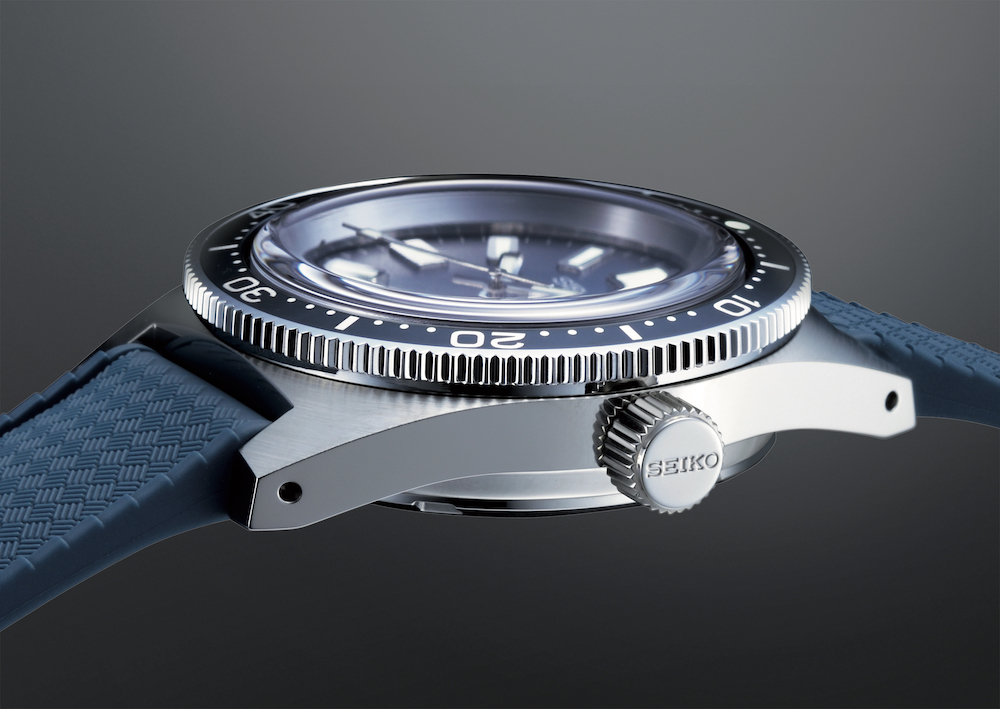
What are Seiko’s main styling cues and how do they feature in the Prospex collection?
Prospex has a unique Seiko sport watch style in terms of its highly reliable functions chosen by professionals since 1965, as well as in its design, material, colour and finish.
How much room for creativity is there within the constraints of watch-making?
In a dial, even a difference of 0.01mm can completely change the overall balance. Despite such limited space, there are endless possibilities and that is why I love designing watches.
Form and function: what part do they play in determining the success of a timepiece in Seiko’s Prospex collection?
Both form and function are crucial in designing a Prospex watch. As the famous architect Lewis Sullivan once said “Form follows function”. Some of the most iconic designs were originally developed to maximise function, such as the 1975 diver’s outer protector to protect the inner case from external shocks. You can only create a Seiko sports watch if these two big “gears” (form and function) mesh smoothly.
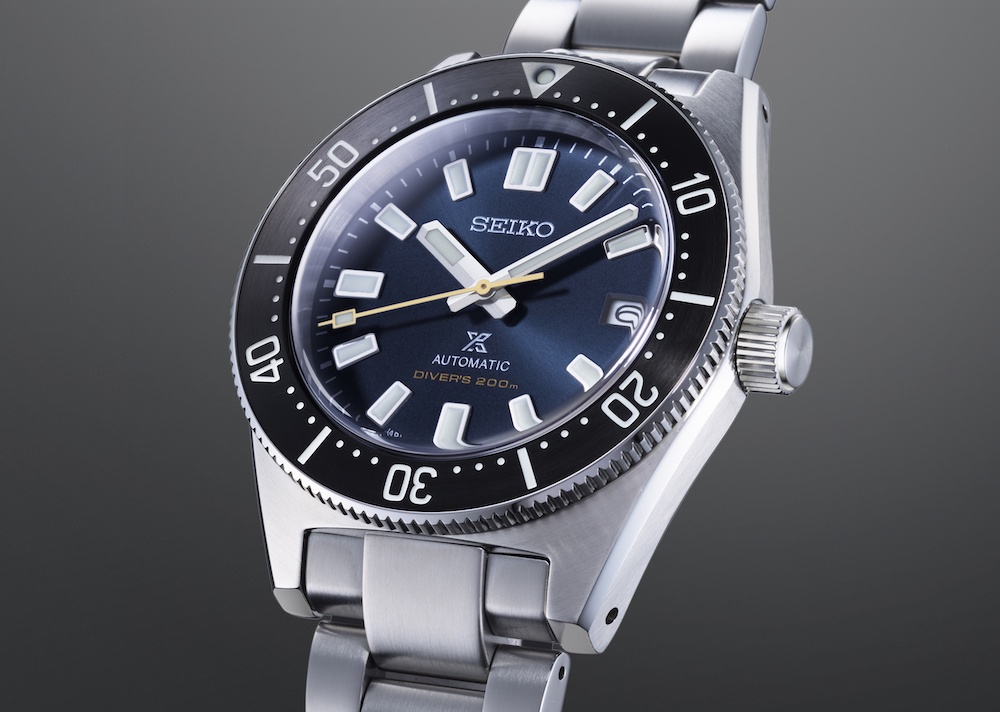
What else gives you inspiration?
Getting to know different places and cultures through travel gives me great inspiration. Prospex is widely used outdoors and I believe the forms and colours in nature really helped enrich my ideas and creativity. I always pay attention to street culture too, such as sneakers. My love of street culture inspired my ideas for the Street series, a Prospex collection inspired by one of the most iconic Seiko diver’s watches with an outer protector (which our fans call “Tuna”).
Matteo Zaccagnino






